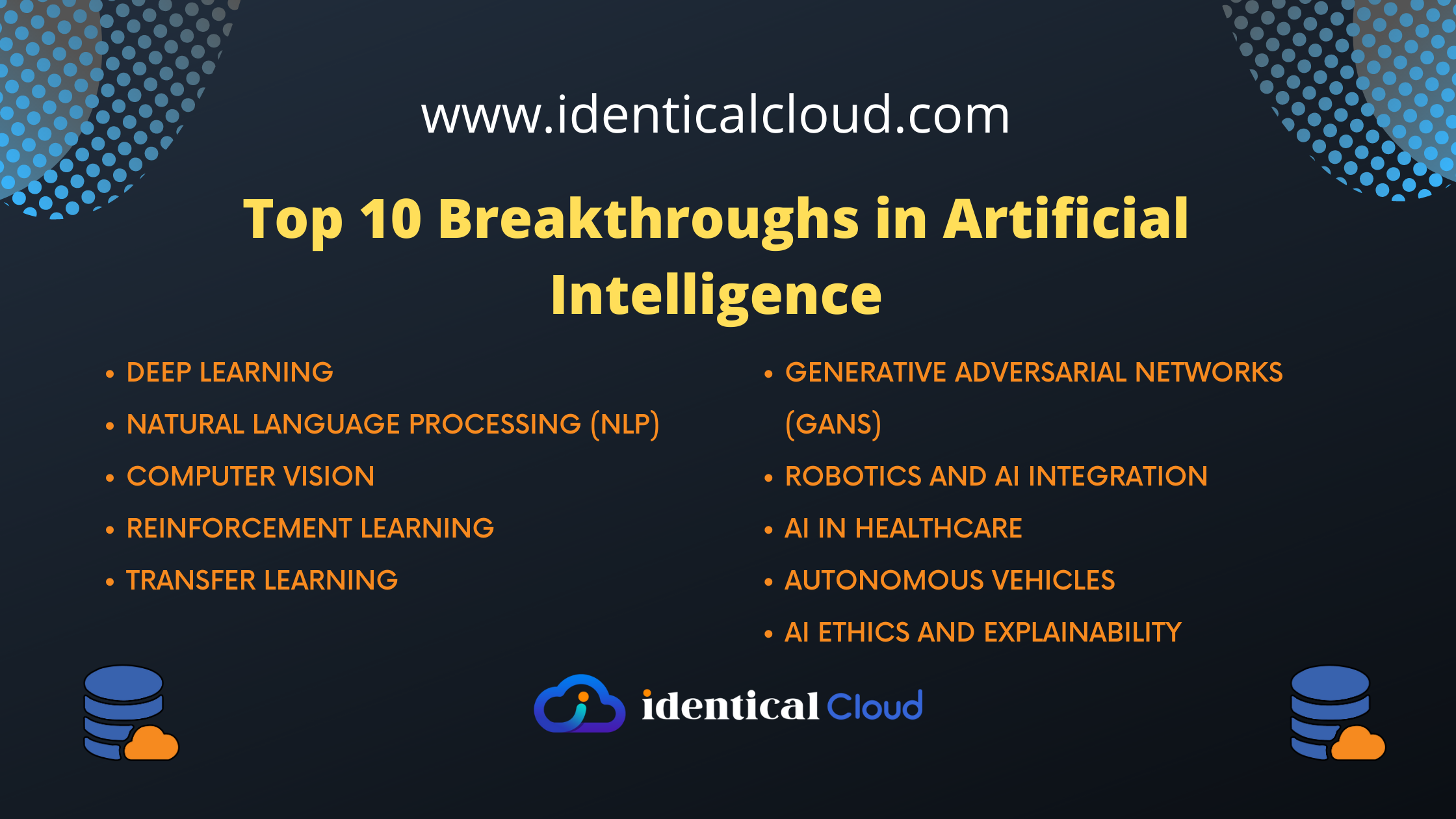
Breakthroughs in AI-Driven Image GenerationBreakthroughs in AI-Driven Image Generation The field of artificial intelligence (AI) has experienced significant advancements in recent years, particularly in the realm of computer vision. One area that has seen remarkable progress is AI-driven image generation. This technology enables computers to create realistic and visually appealing images from scratch or modify existing images to enhance their aesthetics or convey specific messages. Generative Adversarial Networks (GANs) GANs are one of the key technologies behind AI-driven image generation. GANs consist of two neural networks: a generator and a discriminator. The generator creates new images, while the discriminator attempts to distinguish between real and generated images. Through an iterative training process, the generator learns to produce images that are increasingly indistinguishable from real images. Style Transfer Style transfer algorithms allow users to combine the content of one image with the artistic style of another. This technique has wide applications in art and design. Users can input a photograph and specify the desired artistic style, and the algorithm will generate an image that incorporates both elements. Super-Resolution AI-driven image generation can also be used for super-resolution, which involves enhancing the resolution of low-quality images. This technology has applications in surveillance, medical imaging, and video interpolation. Deep learning algorithms analyze low-resolution images and learn to reconstruct high-resolution images with improved detail and sharpness. Text-to-Image Generation Text-to-image generation algorithms allow computers to create images from textual descriptions. This technology has the potential to revolutionize how people interact with images. Users can simply type in a description of the image they want, and the algorithm will generate it. Applications of AI-Driven Image Generation AI-driven image generation has numerous applications in various industries: * Entertainment: Creating realistic images and animations for video games, movies, and television. * Fashion: Designing clothing and accessories, generating virtual try-on experiences. * Journalism: Enhancing and altering images to support news stories and documentaries. * E-commerce: Generating product images for online stores and catalogs. * Medical: Visualizing medical data and improving diagnosis and treatment planning. Future Directions The field of AI-driven image generation is still evolving rapidly, with ongoing research and development. Future advancements are expected in the areas of: * Realism and Finer Details: Creating images that are indistinguishable from real photographs. * Controllability and Customization: Giving users more precise control over the generated images. * Applications in Immersive Environments: Generating images for virtual and augmented reality applications. Conclusion AI-driven image generation has emerged as a transformative technology that has opened up new possibilities in various fields. From creating realistic art to enhancing images for a wide range of applications, this technology continues to push the boundaries of human creativity and innovation. The future holds even greater possibilities as researchers explore new frontiers in this exciting and rapidly growing area.
Posted inNews